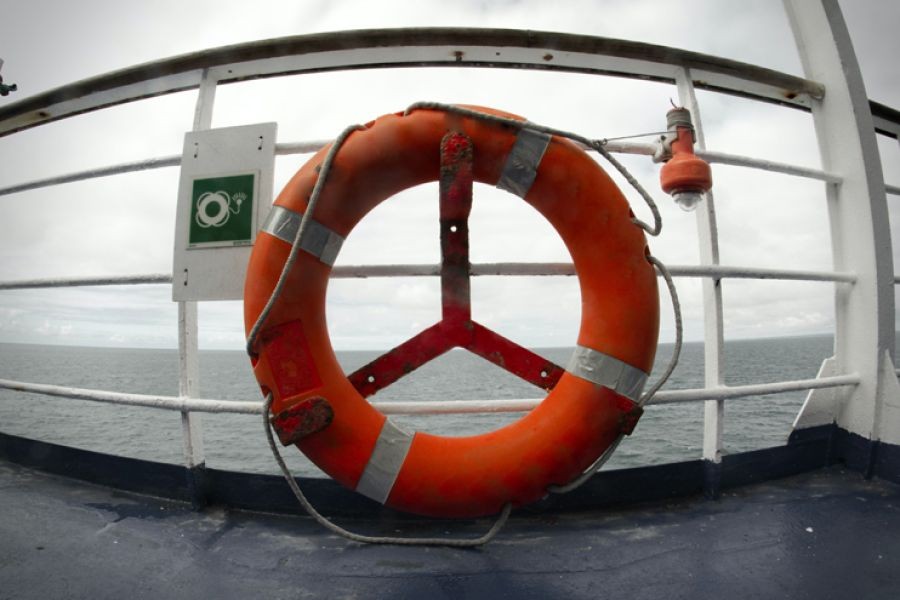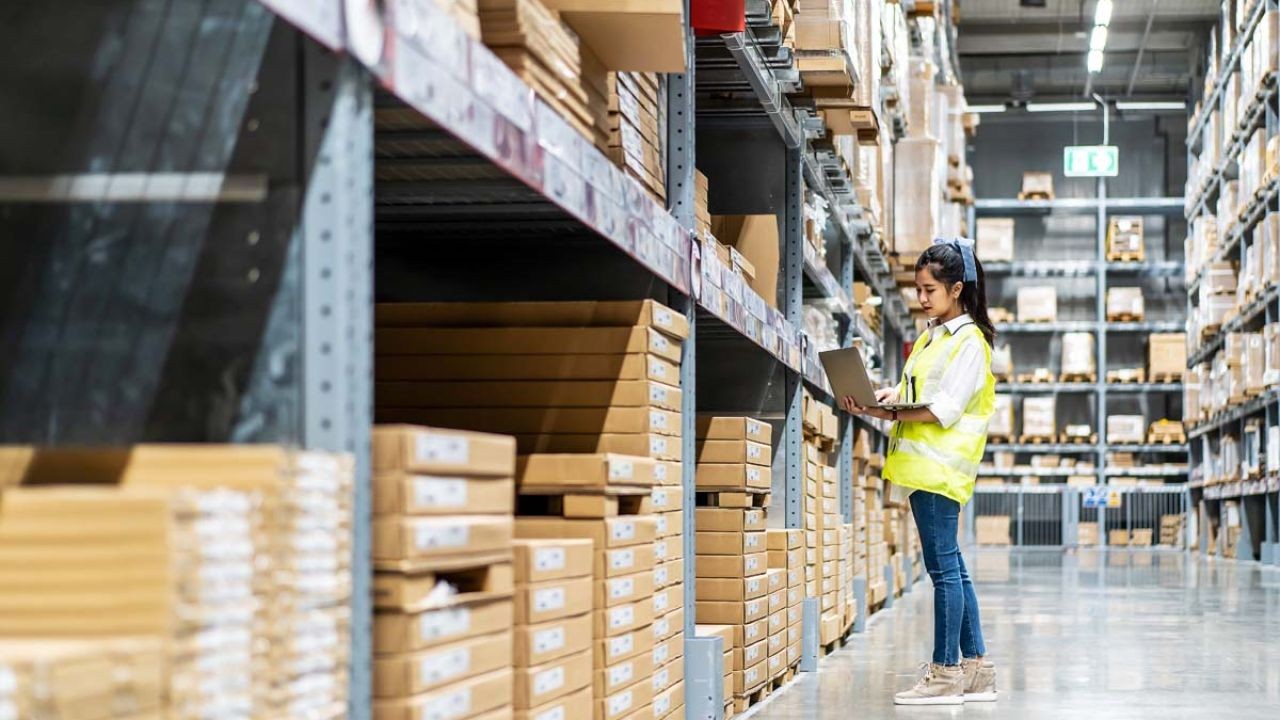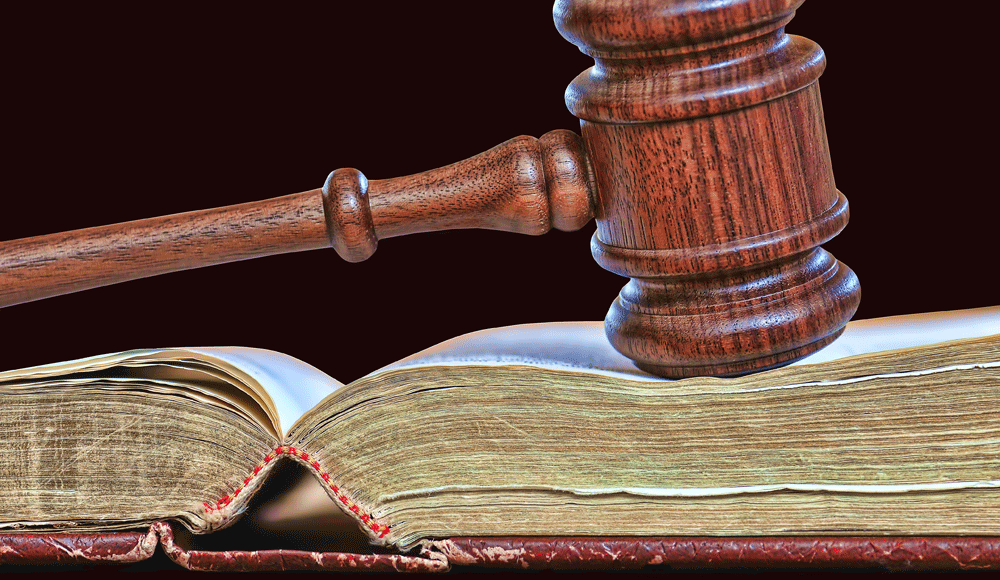Maritime safety is a critical concern for any nation with an extensive coastline, and New Zealand, with its rich maritime history and economic reliance on marine activities, is no exception. The understanding of maritime safety rules in New Zealand is not just vital for those working directly in the marine industry but also for policymakers, environmentalists, and local communities. The intricate balance between economic growth, environmental sustainability, and safety regulations makes this topic particularly significant for New Zealanders today.
Understanding New Zealand's Maritime Safety Framework
New Zealand's maritime safety regulations are governed by the Maritime Transport Act 1994, which provides the legal framework for maritime safety, security, and marine environmental protection. This act is complemented by the rules set forth by Maritime New Zealand, the national regulatory, compliance, and response agency for the maritime sector. These rules cover a wide range of areas, from vessel safety standards to crew qualifications and pollution prevention measures.
Data from Stats NZ indicates that the maritime industry contributes significantly to New Zealand's economy, with ports and shipping services playing a crucial role in import and export activities. As of the latest report, the maritime sector supports thousands of jobs and is a vital link in New Zealand's supply chain, emphasizing the importance of stringent safety regulations.
How It Works: A Deep Dive into Maritime Safety Rules
New Zealand's maritime safety rules are designed to protect both people and the marine environment. These rules include specific regulations for different types of vessels, such as fishing boats, cargo ships, and passenger ferries. Each category has its own set of requirements, which are meticulously outlined in the Maritime Rules, a series of documents that detail the standards for design, construction, equipment, and operations.
For instance, the rules require that all commercial vessels undergo regular inspections and that their crews hold the appropriate certifications. This ensures that everyone on board has the necessary skills and knowledge to operate safely. Additionally, Maritime New Zealand enforces strict regulations regarding pollution control, such as the disposal of waste and the handling of hazardous materials. These measures are crucial for preserving New Zealand's pristine marine environment.
Case Study: The Impact of Maritime Safety on New Zealand's Economy
Case Study: Port of Tauranga – Navigating Safety and Economic Growth
The Port of Tauranga, New Zealand's largest port, exemplifies the balance between maritime safety and economic expansion. The port has implemented advanced safety protocols, including state-of-the-art navigation systems and rigorous staff training programs. These measures have not only enhanced safety but have also increased efficiency, allowing the port to handle larger volumes of cargo.
Problem: The Port of Tauranga faced challenges with congestion and safety due to increasing cargo volumes. Industry data showed that similar ports experienced delays and accidents, impacting their economic performance.
Action: To tackle these issues, the port invested in cutting-edge technology and expanded its safety training programs. This included the use of real-time data analytics to optimize traffic flow and improve safety monitoring.
Result: The Port of Tauranga saw significant improvements: ✅ Cargo throughput increased by 25% ✅ Safety incidents decreased by 40% ✅ Operational efficiency improved, resulting in $15 million NZD savings annually
Takeaway: This case study highlights the effectiveness of integrating technology and safety training in enhancing port operations. New Zealand's maritime sector can leverage these insights to boost economic performance while maintaining high safety standards.
Common Myths & Mistakes in Maritime Safety
- Myth: "All maritime accidents are due to human error." Reality: While human error plays a role, a significant number of maritime incidents are caused by equipment failure and poor maintenance. According to Maritime NZ, regular vessel maintenance can reduce accidents by 30%.
- Myth: "Older vessels are inherently unsafe." Reality: Older vessels that comply with modern safety standards can be as safe as newer ones. The key is adherence to maintenance and safety protocols.
- Myth: "Maritime safety only concerns those at sea." Reality: Maritime safety affects supply chains, coastal communities, and environmental health, impacting a wide range of stakeholders.
Future Trends & Predictions
Looking ahead, the future of maritime safety in New Zealand is likely to be shaped by technological advancements and environmental considerations. The integration of AI and IoT in vessel operations is expected to enhance safety by providing real-time data and predictive analytics. According to a report by NZTech, by 2028, 50% of New Zealand's shipping fleet will be equipped with smart technology, significantly reducing the risk of accidents.
Moreover, as climate change impacts sea levels and weather patterns, New Zealand will need to adapt its maritime safety regulations to address these challenges. This may involve updating infrastructure, enhancing emergency response capabilities, and fostering international collaboration on safety standards.
Conclusion
Understanding maritime safety rules in New Zealand is crucial for ensuring the well-being of the nation's marine activities and coastal communities. By adhering to stringent safety regulations and embracing technological innovations, New Zealand can continue to lead in maritime safety and sustainability. Whether you are involved in the maritime industry or simply interested in its impact on the economy and environment, staying informed about these rules and trends is essential.
What's your take on the future of maritime safety in New Zealand? Share your insights below!
People Also Ask
- How does maritime safety impact New Zealand's economy? Maritime safety ensures efficient port operations and secure supply chains, contributing significantly to New Zealand's GDP and employment.
- What are the biggest misconceptions about maritime safety? One common myth is that maritime safety only affects those at sea. However, it impacts entire supply chains and coastal communities.
- What upcoming changes in New Zealand could affect maritime safety? By 2026, policy updates focusing on climate change adaptation could reshape maritime safety regulations in New Zealand.
Related Search Queries
- New Zealand maritime safety regulations
- Maritime Transport Act 1994
- Maritime rules New Zealand
- Port of Tauranga safety measures
- Impact of climate change on maritime safety
- Maritime industry economic contribution NZ
- Technological innovations in maritime safety
- Environmental impact of maritime activities
- Maritime New Zealand regulations
- AI and IoT in maritime safety






























